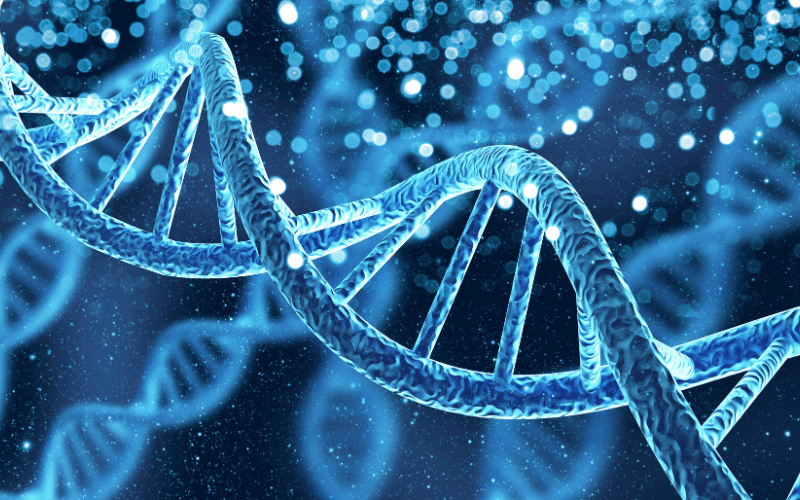Fact 3: Genetic Links

Diving into the world of genetics, it’s fascinating how the tiniest components of our DNA can hold sway over our health. In the case of hemochromatosis, the genetic blueprint, specifically the HFE gene, plays a pivotal role. This gene, nestled within our DNA, holds instructions vital for producing proteins responsible for regulating iron absorption.
Like a spanner in the works, certain mutations in the HFE gene can disrupt its usual operations. Among these mutations, the most common culprits are C282Y and H63D. These alterations can lead to an increased absorption of iron, setting the stage for potential overload. With these mutations in place, the body’s iron regulation can go awry, making it ingest more than it can handle.
It’s essential to understand that inheriting a single mutation doesn’t necessarily lead to hemochromatosis. The plot thickens when an individual inherits these mutations from both parents, substantially increasing their risk. Yet, genetics is a complex tapestry, and not everyone with these mutations will display symptoms. It’s a realm where certainty gives way to probability.
While genetics can sound daunting, knowledge is empowerment. For those aware of their genetic predispositions, proactive measures can be taken. Regular screenings, consultations with genetic counselors, and consistent monitoring can make all the difference. By staying one step ahead, individuals can ensure that they’re not caught off guard.
To put it succinctly, our genes play a significant role in the onset and progression of hemochromatosis. But they’re just one part of the story. While they may lay the foundation, our awareness, actions, and preventive measures shape the narrative, proving that our destiny isn’t solely written in our DNA. (3)